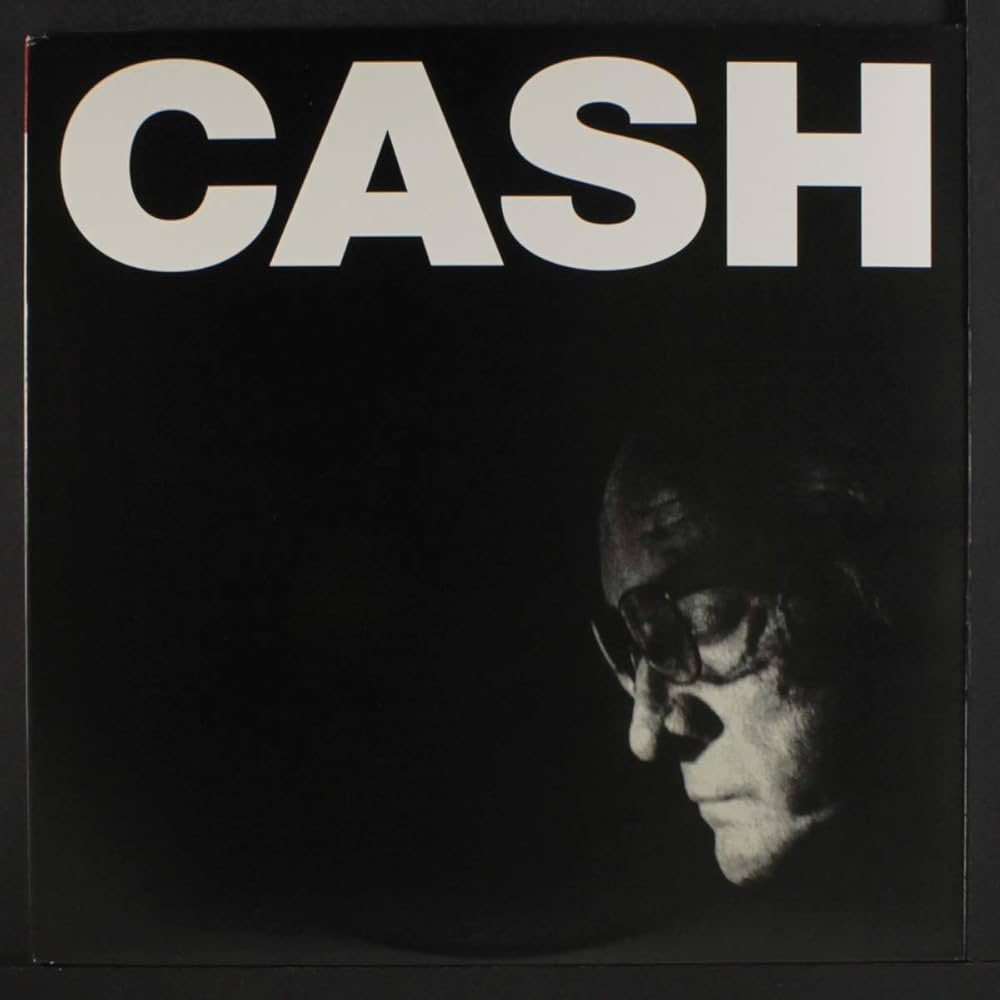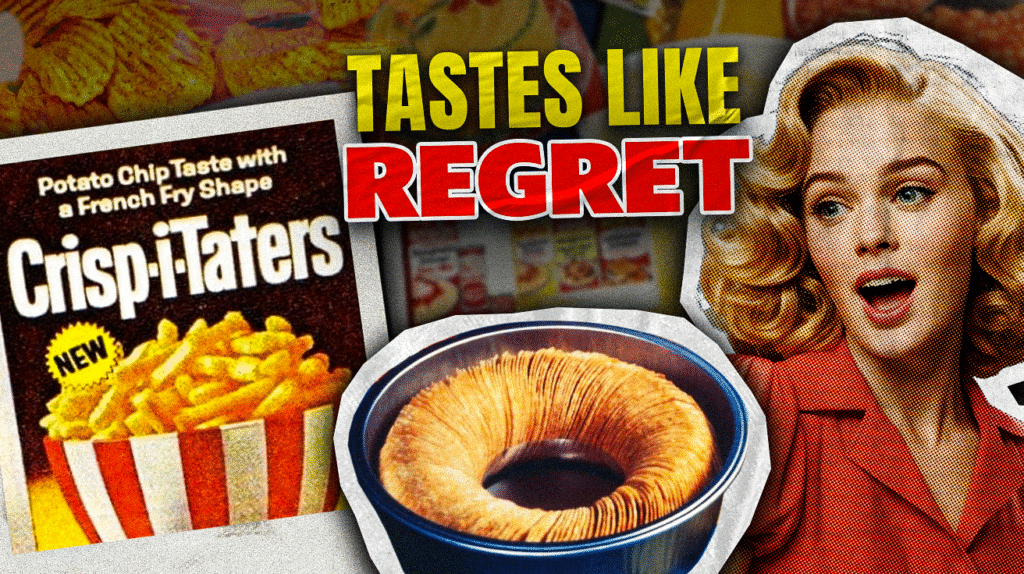
The snack aisle resembled the Wild West during food innovation’s golden era. Bold flavors imploded spectacularly, matching the trajectory of forgotten disco acts. Companies hurled fruit essences at potato chips with the desperation of talent scouts chasing the next big thing. These magnificent disasters reveal crucial lessons about timing, consumer instincts, and creative ambition. Each catastrophe chronicles dreams colliding with harsh commercial reality.
10. Better-Made Special Fat and Starch Reduced Potato Chips
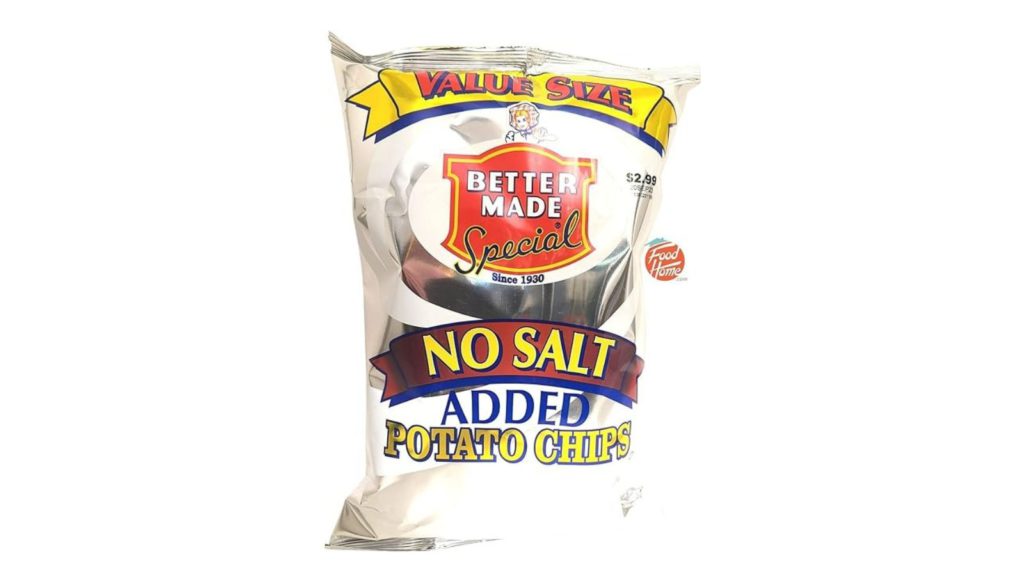
Better-Made pioneered health-conscious snacking decades before the market demanded it. These chips reduced fat and starch content while enhancing natural potato flavors. The lighter processing created cleaner taste profiles that anticipated modern wellness trends.
Unfortunately, 1970s consumers equated snack satisfaction with pure indulgence. Nutrition felt like punishment, not pleasure. The timing resembled releasing a concept album to audiences craving three-minute pop songs — brilliant concept, wrong decade entirely.
9. Joey Chips
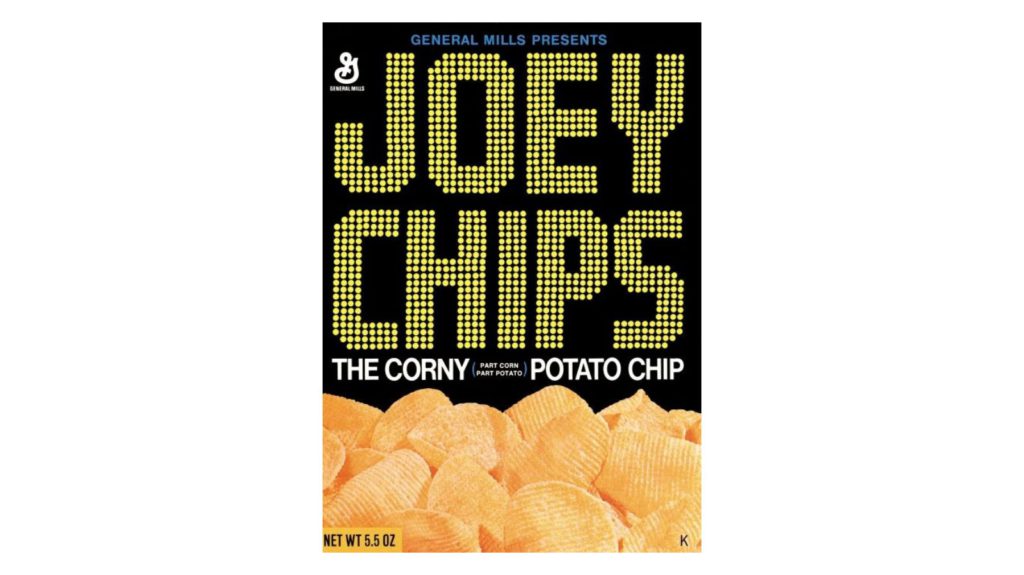
General Mills crafted something genuinely revolutionary by marrying corn sweetness with potato’s earthy backbone. This hybrid approach created flavor complexity that food scientists still admire today. The texture offered satisfying crunch with unexpected taste layers.
Consumers rejected the confusion rather than embracing innovation. Neither traditional chip lovers nor corn snack devotees claimed ownership. Sometimes groundbreaking ideas land like experimental jazz at a country music festival — technically masterful but culturally homeless.
8. Nabisco’s Tater Puffs
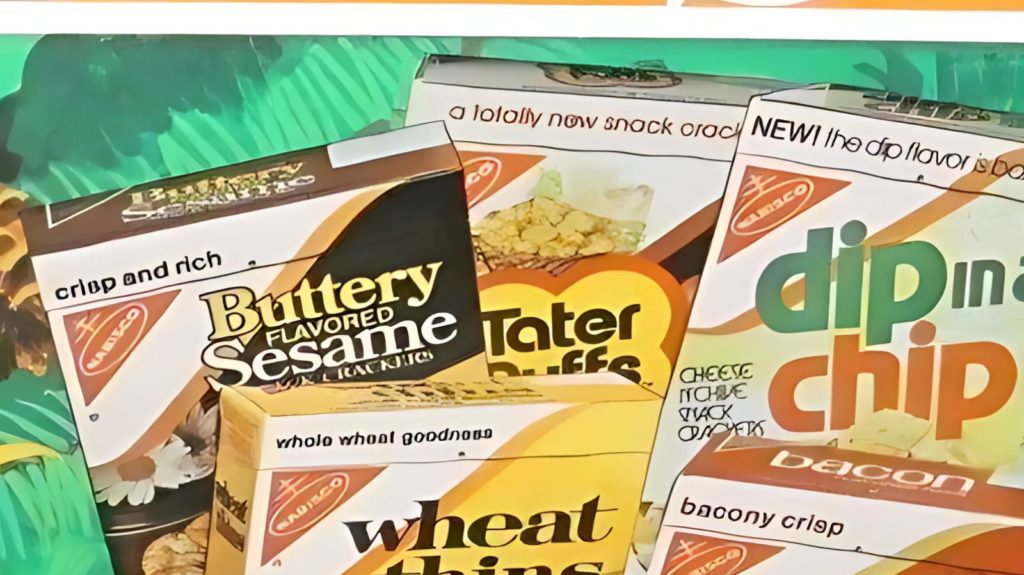
Nabisco deployed cutting-edge extrusion technology to engineer weightless potato experiences. These puffs emphasized textural innovation over familiar density. Marketing positioned them as sophisticated alternatives to conventional “greasy” chips.
The strategy backfired completely. Snack lovers craved substance, not scientific achievement. Light and airy translated to unsatisfying and hollow. Think of it as the difference between a power ballad and ambient music — both valid, but only one delivers emotional catharsis.
7. Crispy Taters Potato Chips

Engineering miniature French fries with authentic ridges, these chips bridged beloved snack categories. Visual authenticity was remarkable, delivering both nostalgic appeal and textural satisfaction. The novelty factor generated immediate consumer curiosity.
Initial excitement faded rapidly as buyers returned to familiar formats. Novelty without deeper value proposition mirrors one-hit wonders — memorable for a moment, forgotten when substance doesn’t match spectacle. Andy Capp’s Fries later proved the concept viable with better execution.
6. Planter’s Stacked Potato Chips
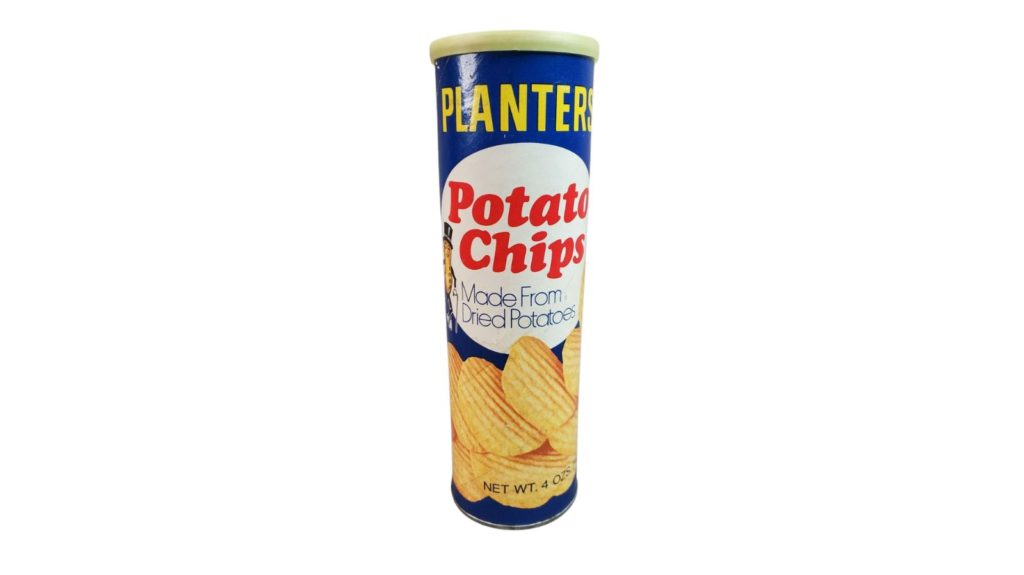
Mr. Peanut ventured beyond nuts into cylindrical chip territory, leveraging brand recognition and premium packaging. Fresh canisters preserved crispness effectively. The company possessed marketing resources to challenge established competitors.
Product quality disappointed expectations set by clever branding. All style, zero substance became the unofficial motto. Imagine your favorite bassist attempting lead vocals — technically possible, but missing the essential spark that makes music memorable.
5. Hostess Fruit Flavored Potato Chips
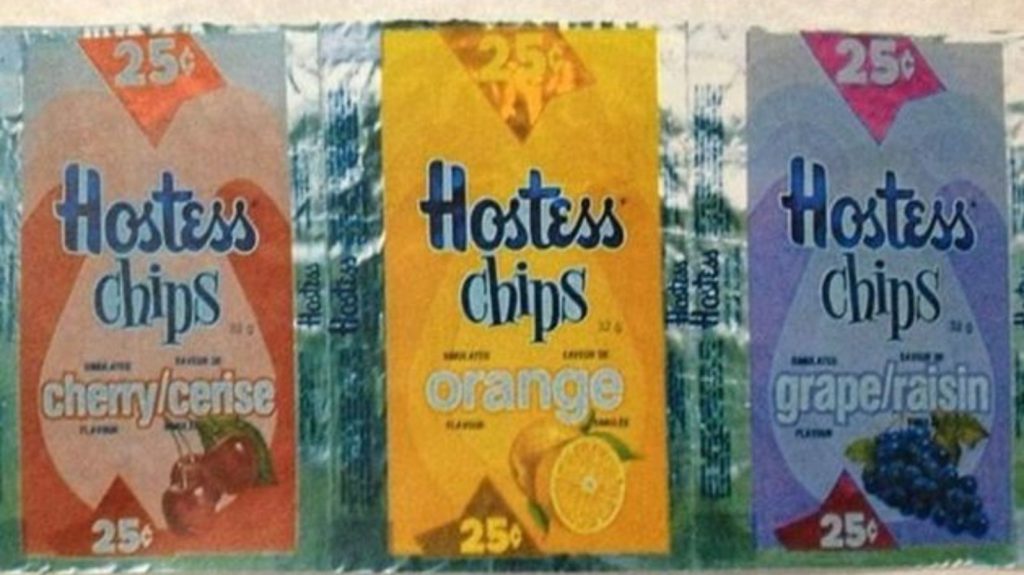
Hostess shocked Canadian markets by introducing grape, orange, and cherry potato chips during the groovy seventies. Sweet meets savory seemed innovative on paper. The concept targeted adventurous snackers seeking unprecedented flavor experiences.
Reality delivered something closer to culinary punishment. Consumers described the taste as resembling bodily functions rather than food. Breaking fundamental flavor harmony rules proved catastrophic — like mixing death metal with elevator music.
4. Mrs. Bumby’s Potato Chips
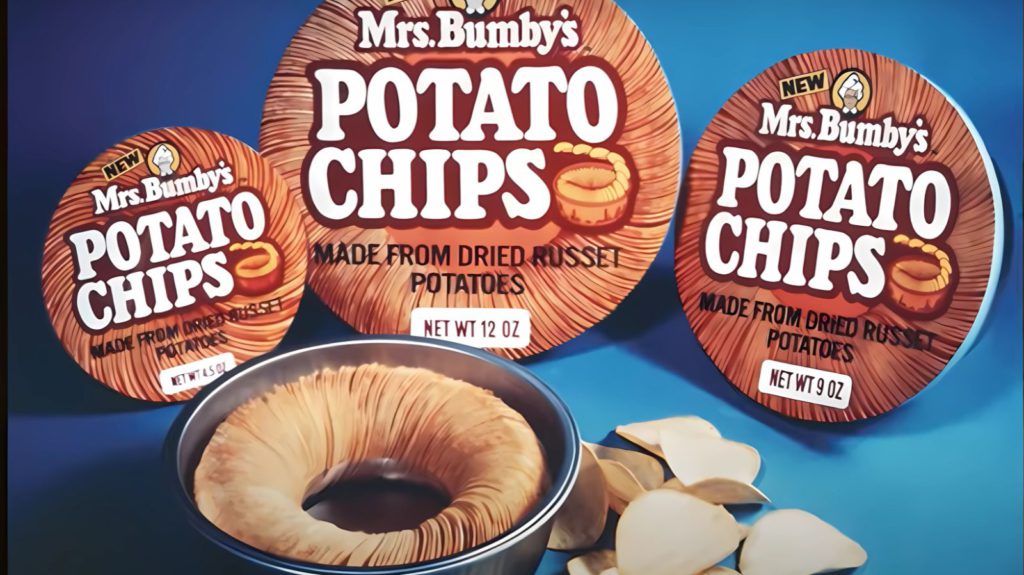
Hand-cut irregularity defined Mrs. Bumby’s artisanal approach to chip manufacturing. Rustic authenticity delivered intense potato flavors that mass production couldn’t replicate. Each bag contained satisfying texture variations and robust taste profiles.
Production limitations strangled commercial viability despite superior flavor delivery. Inconsistent quality control alienated retailers demanding predictability. Artisanal excellence without scalable systems resembles touring musicians who sound amazing in small venues but can’t fill stadiums. For more on the rise and fall of small-batch snacks, see our artisan chips feature.
3. Chipos New Fashioned Potato Chips
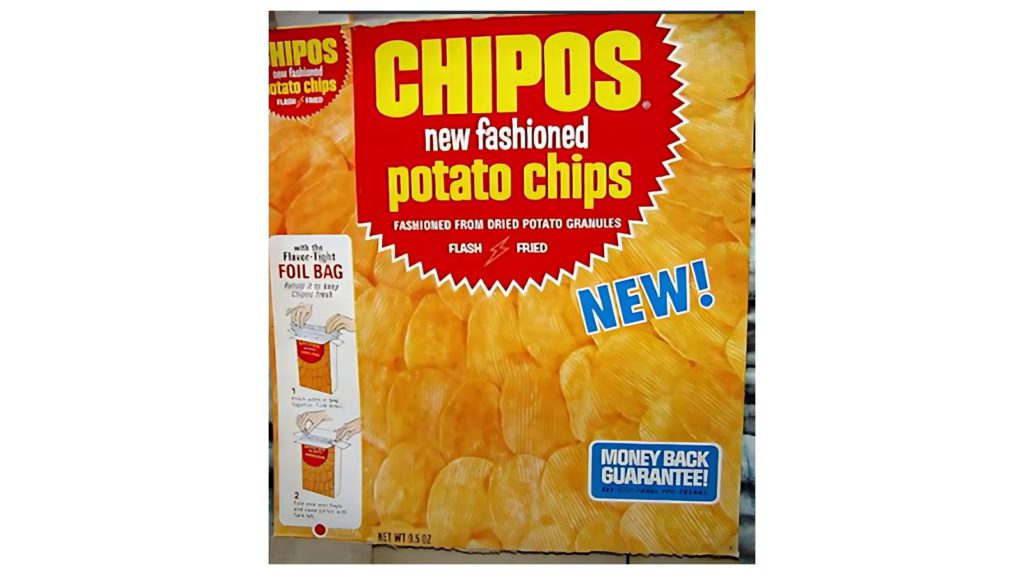
Cross-hatched surfaces distinguished Chippos from standard flat competitors years before waffle cuts became mainstream. Enhanced crunch factor and striking visual appeal created genuine market differentiation. Innovation preceded industry trends by nearly a decade.
Larger corporations duplicated the innovation with superior distribution networks and marketing budgets. Being first means nothing without resources to defend market position. Think of pioneering indie bands whose signature sounds get absorbed by major label artists with bigger promotional machines.
2. Ozark Country Style Barbecue Potato Chips

Regional barbecue traditions infused these chips with authentic Missouri-style sweet-spice combinations that national brands couldn’t authentically replicate. Local loyalty ran deep across Missouri, Illinois, and Arkansas. Thin-cut design maximized flavor absorption and delivery.
Geographic limitations doomed expansion as snack industry consolidation accelerated. Distribution infrastructure matters more than superior taste when competing nationally. Exceptional regional acts often struggle to translate local magic to broader audiences.
1. Laura Scudders Ditos Potato Chips
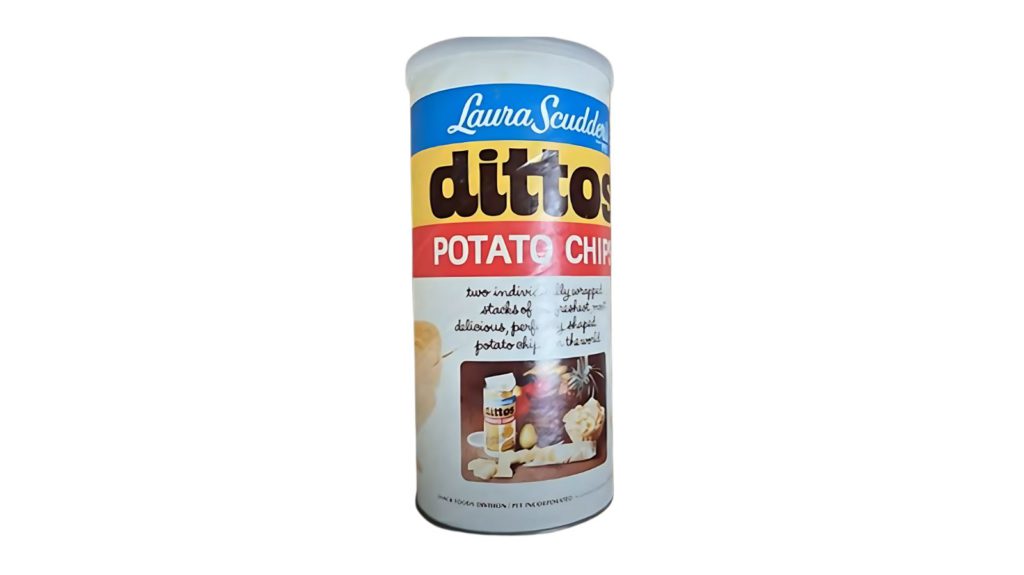
Laura Scudder’s launched a direct assault on Pringles’ dominance using identical potato flake technology and cylindrical packaging. Celebrity endorsements from Jamie Farr and Tom Bosley provided television credibility. Brand heritage offered competitive advantages.
Copycat strategies failed spectacularly when originality was absent. Consumers recognized transparent imitation immediately. Covering iconic songs note-for-note might demonstrate technical skill, but audiences prefer authentic interpretation over mechanical reproduction.







